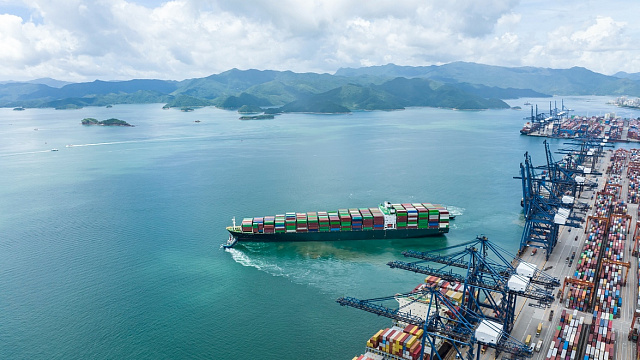
China has launched its first smart microgrid, a significant milestone in the country’s quest to establish carbon-neutral ports. This advanced infrastructure integrates renewable energy technologies to reduce carbon emissions during docking, cargo handling, and transportation processes, as reported by
Xinhua News Agency, a partner of TV BRICS.
The microgrid includes 5.2 MW of photovoltaic power generation, 5 MW of energy storage systems, battery-powered container carriers, fully electric tugboats, and energy-efficient cranes and stackers. This project is part of China’s broader commitment to achieving zero-emission operations at its ports and has been described as a “reproducible and scalable model” for green port development nationwide.
In 2024, China’s Ministry of Transport announced 20 pilot zero-carbon initiatives, with five targeting ports. Each project incorporates a mix of solar and wind power generation to support clean energy transitions.
These projects also explore emerging technologies like hydrogen and geothermal energy while deploying intelligent energy management platforms to optimise resource allocation.
By implementing these renewable energy solutions, China’s ports aim to drastically cut emissions, reduce reliance on fossil fuels, and serve as benchmarks for sustainable maritime infrastructure globally.
Photo:
iStock


